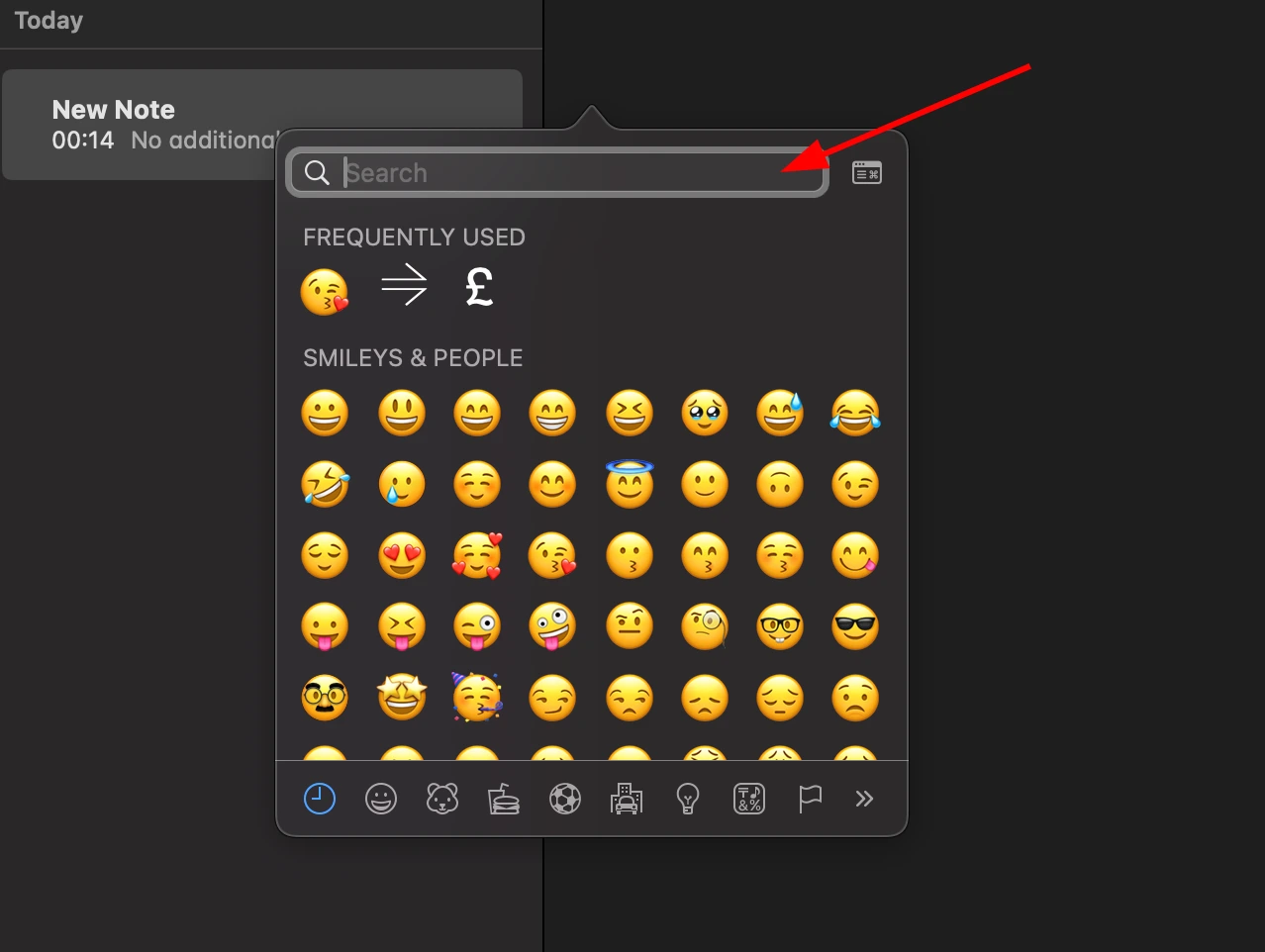Square Km Symbol ㎞
The kilometer, or "km," is a unit of length that is a component of the International System of Units (SI) and is used to measure distances. It is a well-known and widely used unit of measurement that is used in many different fields all over the world. We're going to take a look at the history, significance, and uses of the kilometer in this article.
The Kilometer's Origins
From the Greek words "kilo," which means "a thousand," and "metron," which means "a measure," the word "kilometer" originated. The kilometer, which stands for one thousand meters, is a useful and convenient unit of measurement for expressing distances in a variety of contexts, from commonplace situations to extensive geographic measurements.
Historical Context
Different cultures and geographical areas have historically used different methods to measure distance, frequently based on the lengths of common objects or body parts. Global trade, travel, and communication were all hampered by these regional norms. The metric system was developed and the kilometer was accepted as the basic unit of length due to the need for a standardized and globally accepted unit of measurement.
The Metric System and the Kilometer
The International System of Units (SI), commonly referred to as the metric system, established a decimal-based, logical system of measurement in which the kilometer was a fundamental unit. The goal of this system was to improve measurements' uniformity, usability, and accessibility for a worldwide audience. This system came to rely heavily on the kilometer as a rational and understandable unit of measurement for distances.
Precise Measurement
1,000 meters, or roughly 0.621 miles, make up one kilometer. Both short and long distances can be measured precisely thanks to this precision. The decimal nature of the kilometer makes conversions and calculations easier, making it a useful unit of measurement.
Applications of the Kilometer
The kilometer is essential to many domains, including industry, scientific research, and daily life:
- Travel and Navigation: Distances for walking, cycling, and road trips are typically measured in kilometers. They are also used as a common unit of measurement in mapping and geographic navigation.
- Sports and Athletics: The kilometer is frequently used as the standard unit of measurement for long-distance running events in track and field.
- Aviation and Aerospace: Within our solar system, the kilometer is used to measure astronomical distances, flight distances, and altitudes.
- Science and Research: In the fields of physics, astronomy, and geophysics in particular, the kilometer is essential to scientific research.
- Meteorology: When expressing distances between locations or the heights of clouds and atmospheric layers, weather reports commonly use kilometers.
- Geography: The kilometer serves as a standard unit of measurement for determining the sizes of nations, regions, and landforms. It is essential to geographic measurements.
- Urban Planning: In city development and infrastructure projects, kilometers are used by urban planners and engineers to measure lengths and widths.
In both daily life and scientific endeavors, the kilometer is a crucial unit of length. It is essential to our comprehension of geographic measurements, navigation, and distances. The kilometer is a unit of measurement that helps people understand the difference between the vastness of the universe and the minute details of daily life, whether they are traveling, planning a city, running a marathon, or exploring the cosmos. Because of its accuracy, adaptability, and widespread use, the unit of measurement continues to have an impact on our world.
Copy to Clipboard
Square Km Symbol Information
| Symbol Name | Square Km |
| Unicode Version | 1.1 (June 1993) |
| Unicode | U+339E |
| CSS Code | \339E |
| Hex Code | ㎞ |
| HTML Code | ㎞ |
Square Km Symbol Encoding
| UTF-8 | 0xE3 0x8E 0x9E |
| UTF-16 | 0x339E |
| UTF-32 | 0x0000339E |
Table of contents
How to add square km symbol via keyboard on different Operating systems
You can type the square km on most modern devices with the help of following methods:
How to type square km symbol on Microsoft Word
You can type the square km on microsoft Microsoft Word using steps mentioned below:
- Place your cursor in the text area where you need to insert the symbol and type 3 3 9 E
- Without moving the cursor press keys Alt + x together
- The original 3 3 9 E is now transformed into ㎞
How to type square km symbol on Microsoft Windows
You can type the square km on Microsoft windows using following steps:
- Hold Alt and press to type square km on your windows machine.
How to type square km symbol on Mac OS
You can type the square km on Mac OS using following steps:
- Place your cursor in the text area where you need to insert the symbol
- Press Ctrl + ⌘ Command + ⎵ Space to bring up the Character Viewer. Alternatively, choose Edit ⇒ Emoji & Symbols
- Type “Square Km” in the search field at the top and press Enter
- The symbol should appear. Click on it to insert it into your text


How to type square km symbol on Linux
You can type the square km on Linux using following steps:
- Place your cursor in the text area where you need to insert the symbol
- Hold ⇧ Shift + Ctrl and press the letter + U
- Press keys 3 3 9 E consecutively
- And then press ↵ Enter , the desired symbol will be added to your document
How to type square km symbol on IOS and Android
The easiest way to type the square km on ios and android is to copy and paste it wherever you need it.
How to use square km in CSS
span {
content: "\339E";
}
How to type square km in HTML
<span>㎞</span>
Square Km symbol representation in programming languages
square km's representation in different programming languages can be found in table below:
| Language | Representation |
| Rust | \u{339E} |
| Ruby | \u{339E} |
| Python | \u339E |
| PHP | \u{339E} |
| Perl | "\x{339E}" |
| Java | \u339E |
| Modern JavaScript - Since ES6 | \u{339E} |
| JavaScript | \u339E |
| Go | \u339E |
| C# | \u339E |
| C and C++ | \u339E |
| Bash and Zsh - inside echo -e | \u339E |
| RFC 5137 | \u'339E' |